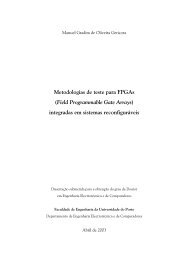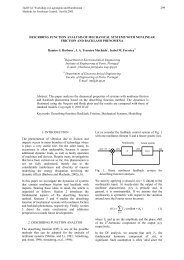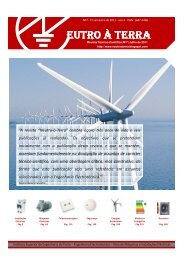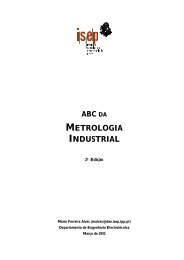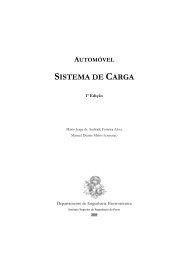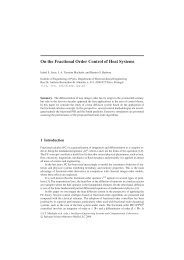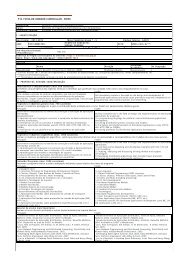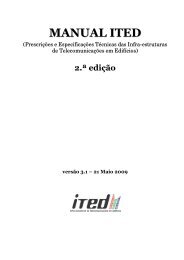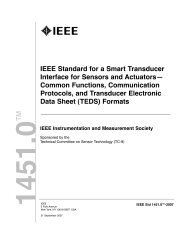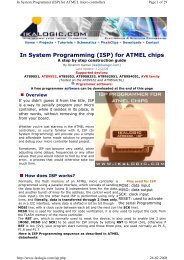AUTOMOTIVE ELECTRICAL CIRCUITS AND WIRING
AUTOMOTIVE ELECTRICAL CIRCUITS AND WIRING
AUTOMOTIVE ELECTRICAL CIRCUITS AND WIRING
You also want an ePaper? Increase the reach of your titles
YUMPU automatically turns print PDFs into web optimized ePapers that Google loves.
the terminals just enough to secure the connection. Overtightening will strip the cable<br />
bolt threads.<br />
CHECKING BATTERY CONDITION.- When measuring battery charge, you<br />
check the condition of the electrolyte and the battery plates. As a battery becomes<br />
discharged, its electrolyte has a larger percentage of water. Thus the electrolyte of a<br />
discharged battery will have a lower specific gravity number than a fully charged<br />
battery. This rise and drop in specific gravity can be used to check the charge in a<br />
battery. There are several ways to check the state of charge of a battery.<br />
Nonmaintenance-free batteries can have the state of charge checked with a<br />
hydrometer. The hydrometer tests specific gravity of the electrolyte. It is fast and<br />
simple to use. There are three types of hydrometers- the float type, the ball type, and<br />
needle type.<br />
To use a FLOAT TYPE HYDROMETER, squeeze and hold the bulb. Then immerse<br />
the other end of the hydrometer in the electrolyte. Then release the bulb. This action<br />
will fill the hydrometer with electrolyte. Hold the hydrometer even with your line of<br />
sight and compare the numbers on the hydrometer with the top of the electrolyte.<br />
Most float type hydrometers are NOT temperature correcting. However, the new<br />
models will have a built-in thermometer and a conversion chart that allow you to<br />
calculate the correct temperature.<br />
The BALL TYPE HYDROMETER is becoming more popular because you do not<br />
have to use a temperature conversion chart. The balls allow for a change in<br />
temperature when submersed in electrolyte. This allows for any temperature offset.<br />
To use a ball type hydrometer, draw electrolyte into the hydrometer with the rubber<br />
bulb at the top. Then note the number of balls floating in the electrolyte. Instructions<br />
on or with the hydrometer will tell you whether the battery is fully charged or<br />
discharged.<br />
A NEEDLE TYPE HYDROMETER uses the same principles as the ball type. When<br />
electrolyte is drawn into the hydrometer, it causes the plastic needle to register specific<br />
gravity.<br />
A fully charged battery should have a hydrometer reading of at least 1.265 or higher. If<br />
below 1.265, the battery needs to be recharged. or it may be defective. A discharged<br />
battery could be caused by the following:<br />
Defective battery<br />
Charging system problems<br />
Starting system problems<br />
Poor cable connections<br />
Engine performance problems requiring excessive cranking time<br />
<strong>AUTOMOTIVE</strong> <strong>ELECTRICAL</strong> <strong>CIRCUITS</strong> <strong>AND</strong> <strong>WIRING</strong> 15/ 101



